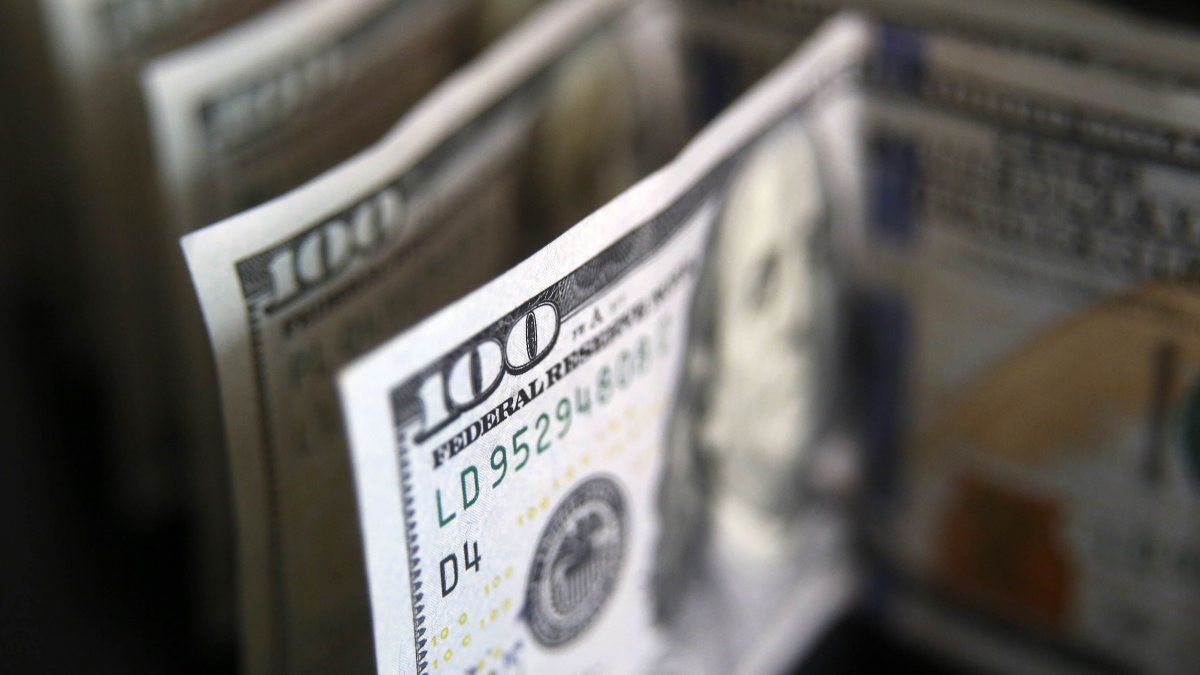The National Securities Commission (CNV) This Monday, it ordered a series of modifications to the operation of the dollar Cash with Liquidation (CCL). It is about the implementation of new parking terms (the required residence time before finalizing the sale) for the conclusion of operations with bonds that are used to dollarize portfolios in the financial market.
There is agreement in the City that this novelty is having a knock-on effect on the dynamics of the blue dollarwhich rose $3 this Tuesday (to $394), after two weeks of calm, and was located $7 above the MEP, after several days of trailing behind it.
But why do analysts associate this movement of the Dolar blue with the measure of NVC? “It happens that the increase in parking days for the financial dollar reduced operations and, therefore, the drop in these exchange rates translated into an increase in the only free currency, which is the blue”, responds to the question the economist Federico Glustein.
Let us remember that, in order to increase the appetite for Bonares, what the NVC was to reduce the parking for these instruments from two to one day and raised it from two to three, for the global. And it is that the Government seeks to prepare the ground for the sale of the Bonares that it regulated by public sector entities, counteracting the greater offer with an incentive of the demand in order to reduce sustaining the price and facilitate the placement by the state agencies. This, according to some analysts, could translate into a drop in the CCL that is bought against Bonares and maybe it would help control the dollar exchange rate in that square.
CNV measures: how they influence blue
Thus, for Gustavo Quintana, from PR Operadores de Cambio, “these new official regulations generate a movement in the blue because they do not exist in that square”. In the words of Epyca Consultores economist Joel Lupieri, this means that “it is possible that new regulations have prompted more users to turn to a more ‘instant’ and anonymous dollar, such as the blue”.
And it is that, according to his vision, the fact of imposing changes in the rules of the game, making the access to the dollarusually drives agents to demand more in the illegal market, either for coverage or for speculation.
Thus, Glustein hopes that, possibly, there will be a bigger rise in the blue in the coming days, but considers that “the effect will be transitory and moderate because the market will look for alternatives to get foreign currency quickly.”
How will the blue dollar continue?
He explains that the Government does not have so many instruments to intervene in the Bonares and seeks to “muddy” the market a bit and make it attractive. “The impact is clear: the MEP is already $7 below the bluemarking how deserted the market will be with a 24-hour parking for local legislation and 3 days for international legislation ”, he summarizes.
In a similar vein, Andrés Reschini, an analyst at F2 Soluciones Financieras, points out that “we will have to see what happens after Friday’s data on Consumer Price Index (CPI), which will reveal the inflation data for March, and with the rates”. Consider that if the Central Bank (BCRA) leaves the rate behind that indicator, more pressure could be seen on the alternative exchange ratesincluding the blue. Otherwise, it could be seen in the coming days a move towards fixed term that would relax the pressure on the parallel dollars.
And, above all, taking into account that “the Dolar blue is performing behind a CPI that it should be accumulating, around 23.5% this year, against a blue that adds 13.6%” and in a context in which he points out that “there are plenty of pesos”.
However, Quintana does not discount the possibility that the rise in the blue this Tuesday is also due to a price readjustment, “after the calm of the previous weeks”, in which it had a downward trend and was located near $390 for several days. Thus, he considers that, beyond the aforementioned indications, “in order to draw conclusions, you have to wait a few days”.
Source: Ambito
I am a 24-year-old writer and journalist who has been working in the news industry for the past two years. I write primarily about market news, so if you’re looking for insights into what’s going on in the stock market or economic indicators, you’ve come to the right place. I also dabble in writing articles on lifestyle trends and pop culture news.




